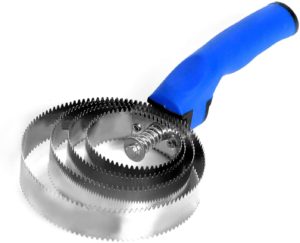PACKING ESSENTIALS
Packing mules in the mountains can be a lot of fun. It can also be a lot of preparation and planning. I always like to start with a list of items needed to take on a packing trip. Packing essentials would be a list of things absolutely needed to have a successful adventure. I will make an easy list of things that would be needed to make the trip a success and then explain a little about them. Before we get into the list I would like to say this is just pertaining to the packing mules. When we plan a packing trip I generally make a list of everything and then brake that list down into sub lists and this would be one of those sub lists. The trip list would be something like mules, packing gear, camping gear, truck, trailer, ect. Very generic list with broad topics then write lists that break down each of those. We like to do this as a group, it is very easy to forget something but if you have a group of people throwing out suggestions it can help (or hurt depending on the group). These are the packing essentials we use on every packing trip in the mountains. The list is just a starting point your group would need to make the final list for your packing adventure.
Feed
Feed bags
Water bucket (soft)
Comb, brush
Hoof pick
Pack saddle / Riding saddle
Saddle pad
Bridle / Halter
Lead rope
Panniers
Top packs (if you choose to use them)
High line / hobbles / corrals
Rope
Shovel
Axe / Saw
First aid for animals
War bag
Flashlight
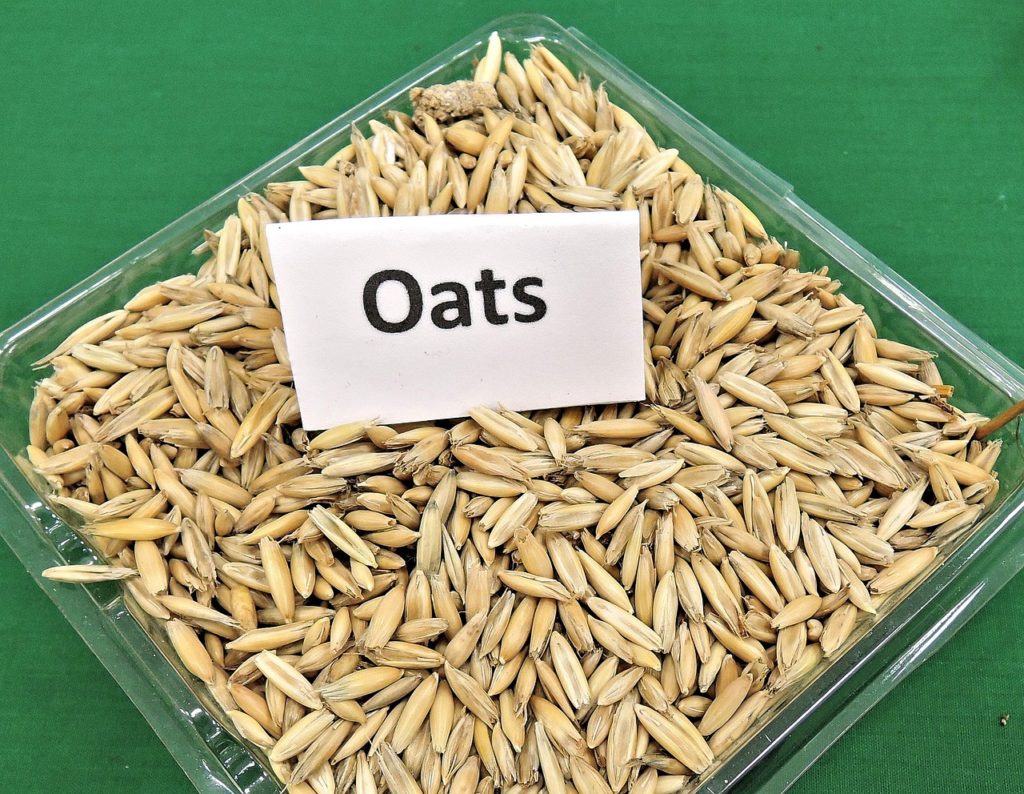
Feed
Feed can be a little controversial, you will have some if not several that say you do not need it. They will graze the mules or horses couple times a day and call it good. I take feed because I am asking a lot of the pack mules. They work very hard climbing the mountain trails and carrying my stuff so I try and take care of them.
Feed bags
Feed bags are the easiest way to feed your pack mules in the mountains. Very simply put feed in the bag and place the bag on the mule’s head. It may take some break in for some mules or horses to let you put the bag on there face. It would be wise to practice before you hit the trail. Always put some food in the bag while attempting this. We rarely have trouble but if we do when the mule realized there was feed the problem was gone.
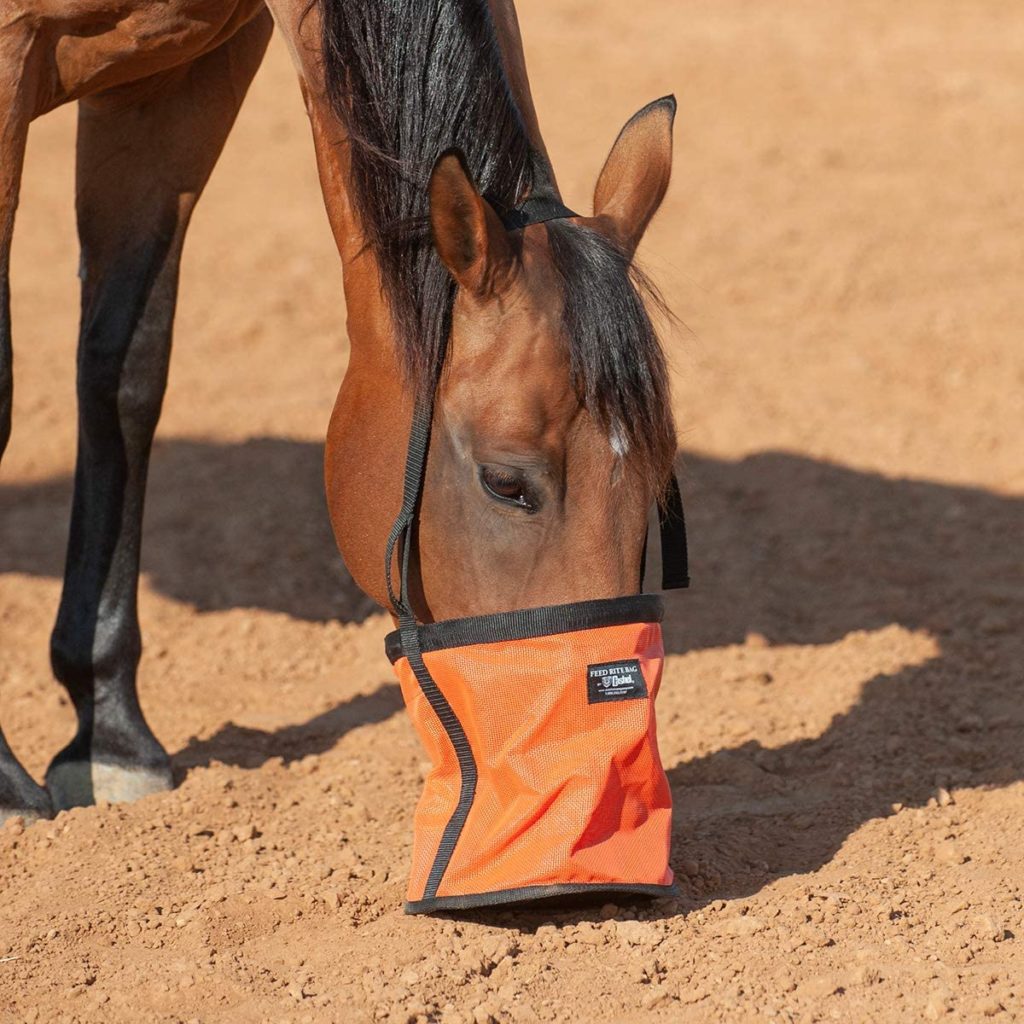
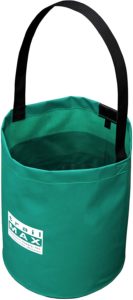
Water bucket
A water bucket is a good idea to bring along. Usually you can walk the mule or horse to the waters edge and let them drink. Occasionally you will run into some place they can not get to the waters edge and you need the bucket. A hard bucket would be to hard to pack and make a lot of noise that most mules and horses would not like. The soft bucket can be folded up and packed away with very little weight to figure in.
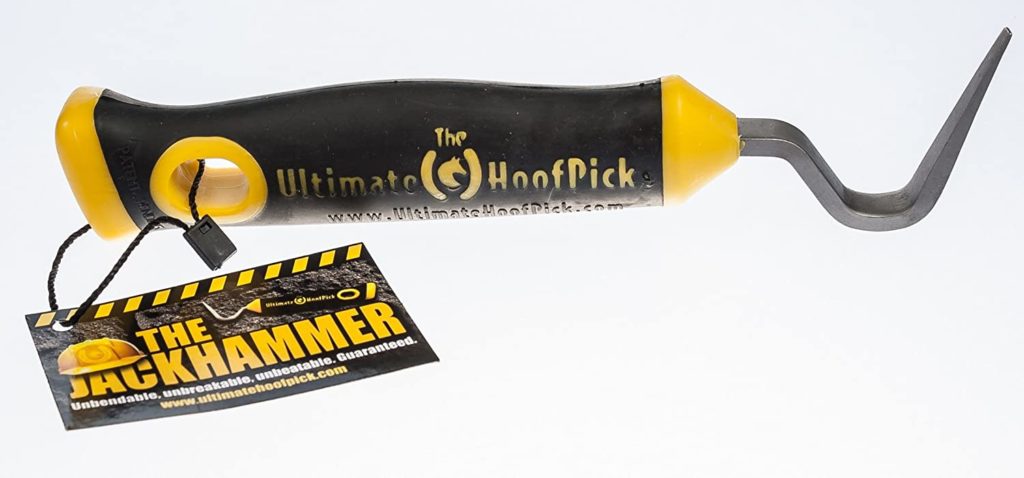
Hoof pick
Hoof pick is needed because the trails can be very tough on the hooves. It will help remove dirt, rocks and other debris that can become lodged around the frog. It can also be useful to clear these things and inspect the hoof for any early signs of injury.
Pack saddle / riding saddle
Pack saddle or riding saddle is the most obvious items on the list. You need the pack saddle if you want to pack anything up the hill. On that same note, you need to have a riding saddle if you want to ride a mule or horse up the mountain. Put them on your list, you would be surprised how many times they get left behind.
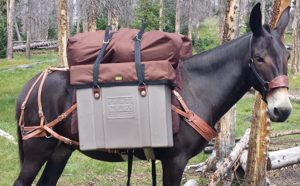
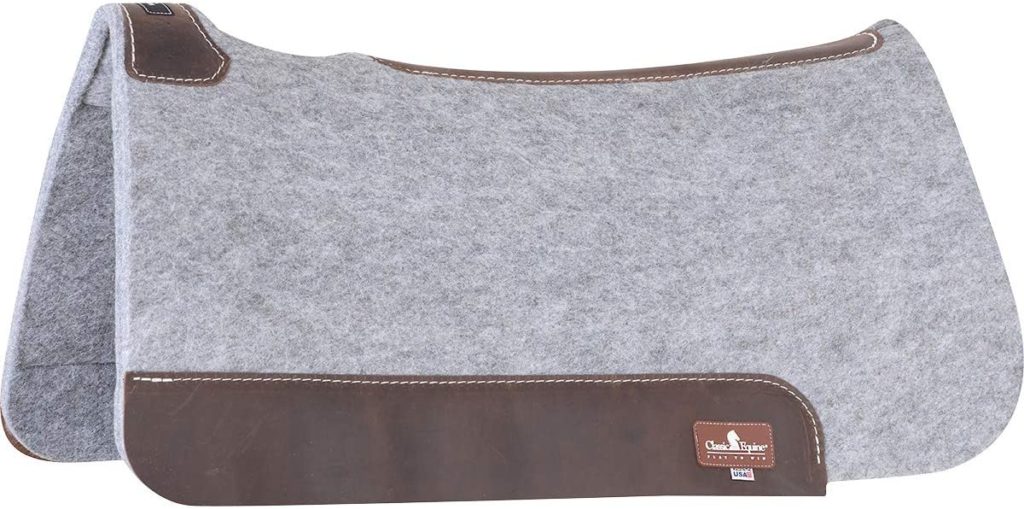
Saddle Pad
Saddle pad goes hand in hand with the saddle. Saddle pads provide a thin layer of cushioning between the mule or horse’s back and its saddle. A saddle pad protects against friction caused by the saddle rubbing against the mule or horse, and it helps protect the saddle by absorbing some of the mule or horse’s perspiration. Do not ever saddle a mule or horse without one. We always carry extras, if you forget it you essentially forgot your saddle or mule.
Bridle / Halter
Bridle for each riding mule or horse and a halter for each pack mule or horse. This should be pretty evident as well but again put it on the list. Bridles and Halters are not easily replaced on the mountain. Halters can be made with rope in the mountains but bridles will be a challenge.
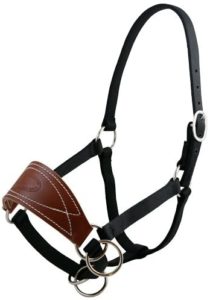
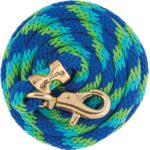
Lead rope
Lead rope is what is tied to the pack mule’s halter and should be made of quality material. If you forget a lead rope it is not the end of the trip. I have seen all sorts of things used in a pinch.
Panniers
Panniers if you are packing with a pack saddle. Panniers are needed to put all your gear in and most are somewhat rain resistant so your gear is not totally soaked when it rains. One more item that seems obvious but put it on the list and check it off as it gets loaded.
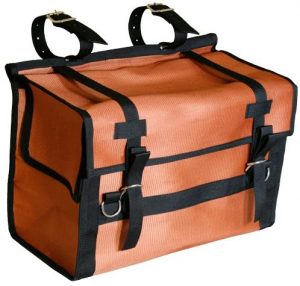
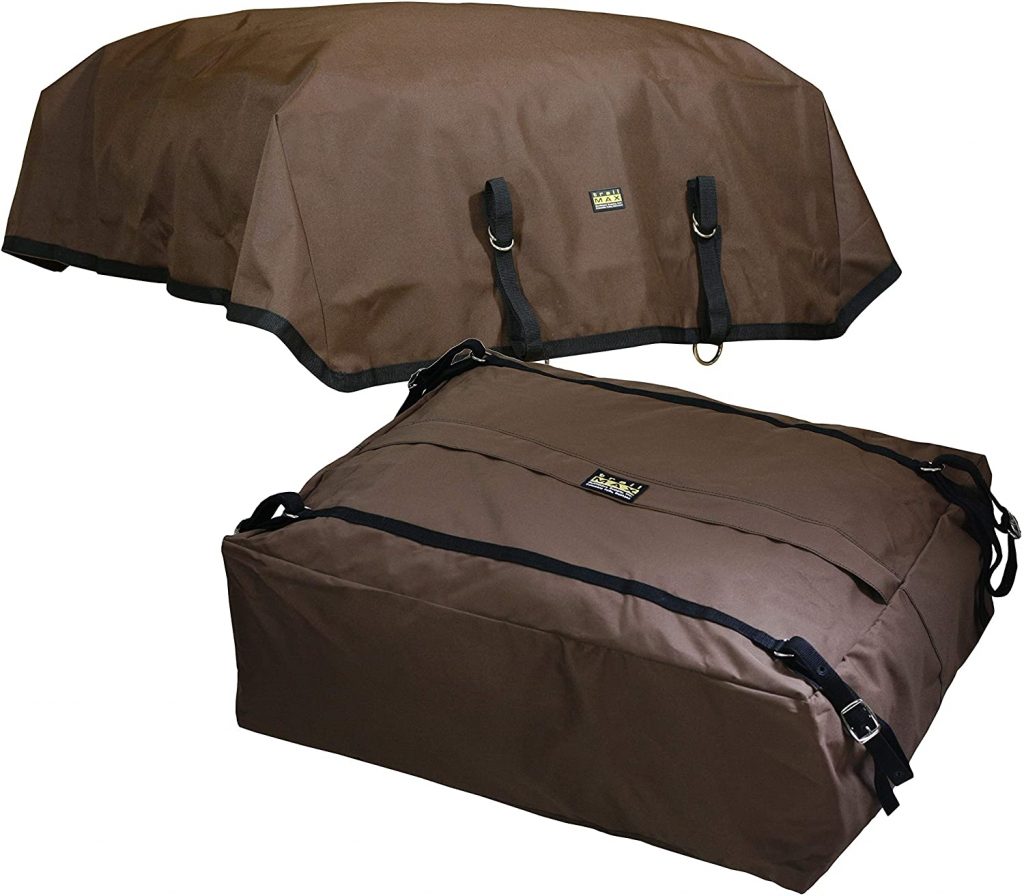
Top pack
Top packs can be used with pack saddles or can be used with a riding saddle. Take a look at our top packs and panniers blog if you are interested in looking into the subject more.
High line/ Hobbles/ Corrals
High line (picket line), hobbles and corrals are all used to keep the pack mules or horses close to camp and out of trouble in the mountains. Highline is a rope around 7 feet off the ground typically ran between two stout trees. The pack mules are tied to the line spaced out so they don’t get tangled up. They should be able to reach the ground to feed but not so much slack they get into mischief. Highline is the only technique we use. Hobbles are a multiple use item they can be used while the pack string is grazing or while they are at camp to keep them from wondering off. I only know or have heard of a hand full of people that use them in place of highline or corrals. The major use of hobbles is to keep the pack mules from going off very far while grazing. Do not think for a moment that hobbles will keep a mule from running off. If you have a mule that is prone to running off you need to hold the lead rope while it grazes. Which is what we practice on all the pack mules we use in the mountains. The last thing you want to do at 12 thousand feet is chase a mule. We have been known to leave them to graze but not in the mountains to risky in our opinion. Corrals in the mountains are hard to come by but I have heard of a lot of outfitters that use electric fence and build a corral. Portable battery-operated electric fence units can work well. With a little training at home you can train your pack mule to stay in the fence. Most mules will only be popped one or two times before they stay away from the fence. A trick that several use after the mules have learned is leave the charger behind and save the weight. For more on all these techniques and more check out our blog camp with pack mules and horses.
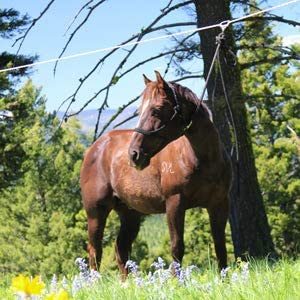
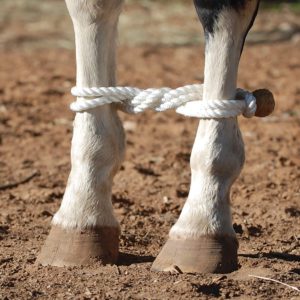
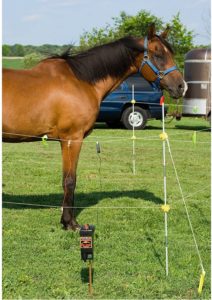
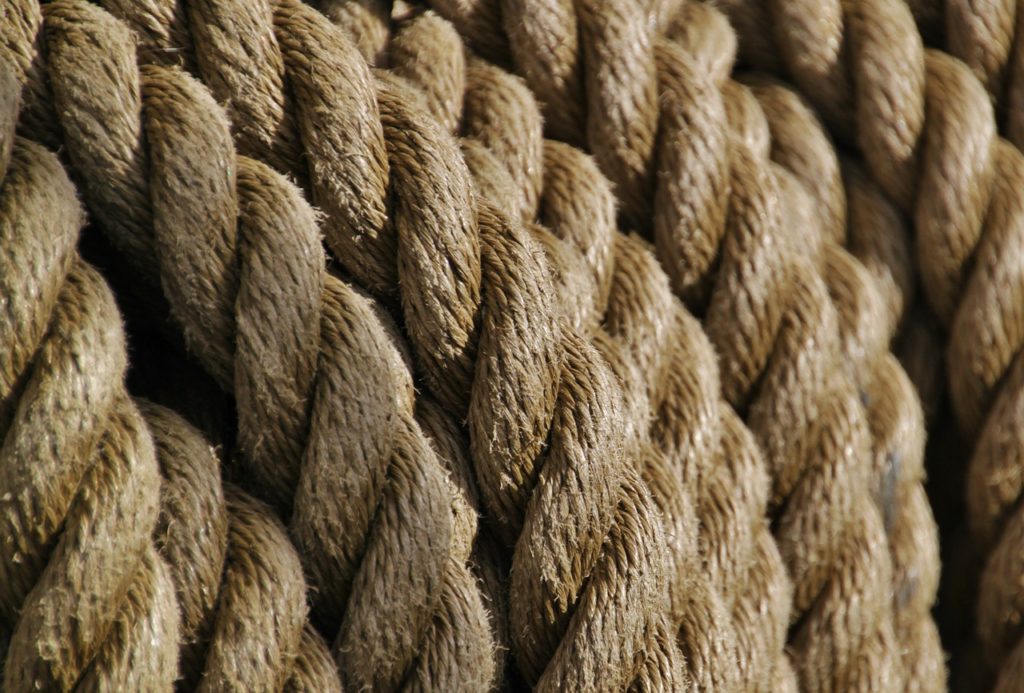
Rope
Rope is the life blood of any good pack operation. We take several feet of different types of rope from parachute cord to 3/8 inch braided. There have been several repairs made on the trial with rope of some sort or another. From repairing a broken breast collar to tying off that loose item that’s flopping.
Shovel
Shovel is a good item to have on any packing trip. The trail can be riddled with all sorts of things and a shovel just might be what the packer ordered.
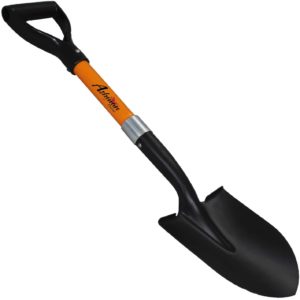
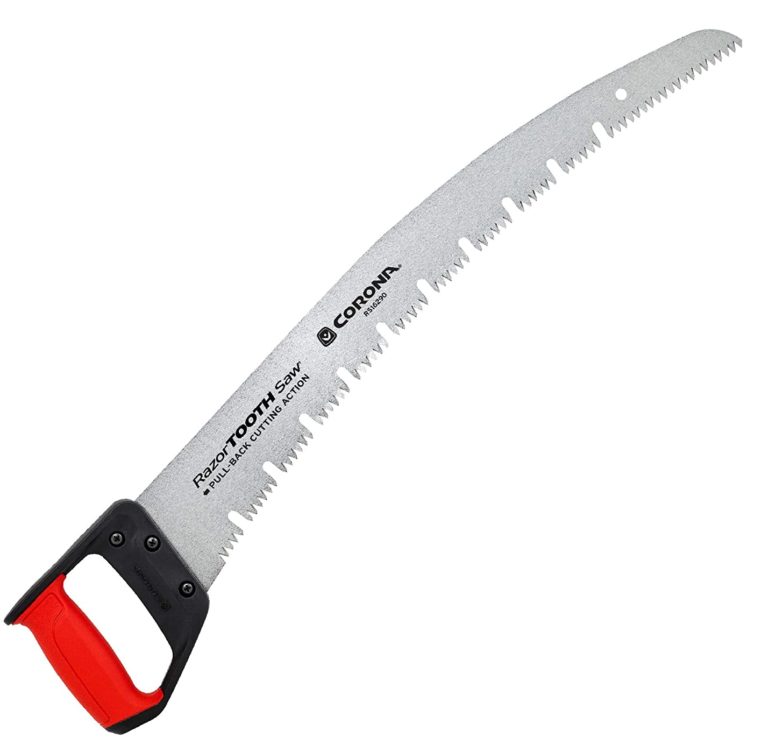
Axe / Saw
Axe and saw should never be left out. There is always a chance a tree will fall on the trail and you need to remove it to continue on. Most of the time a good hand saw can take care of the problem, but you might run into a tree where you will need a crosscut saw. There are several packers that will not pack mules or horses without a crosscut saw. They are bulky and hard to find with a scalbert, but if you need one it will be well worth the effort.

First Aid For The Animals
First aid for the pack mules and horses can be very important. First aid is definitely a “better to have it and not need it then need it and not have it” item. What exactly to have in the kit will vary depending on the trip. Gauze, vet wrap, antibiotics, Banamine, and wound salve are some items that should make any trip. Before heading out on any pack trip spend some time researching and building your mule/horse first aid kit.
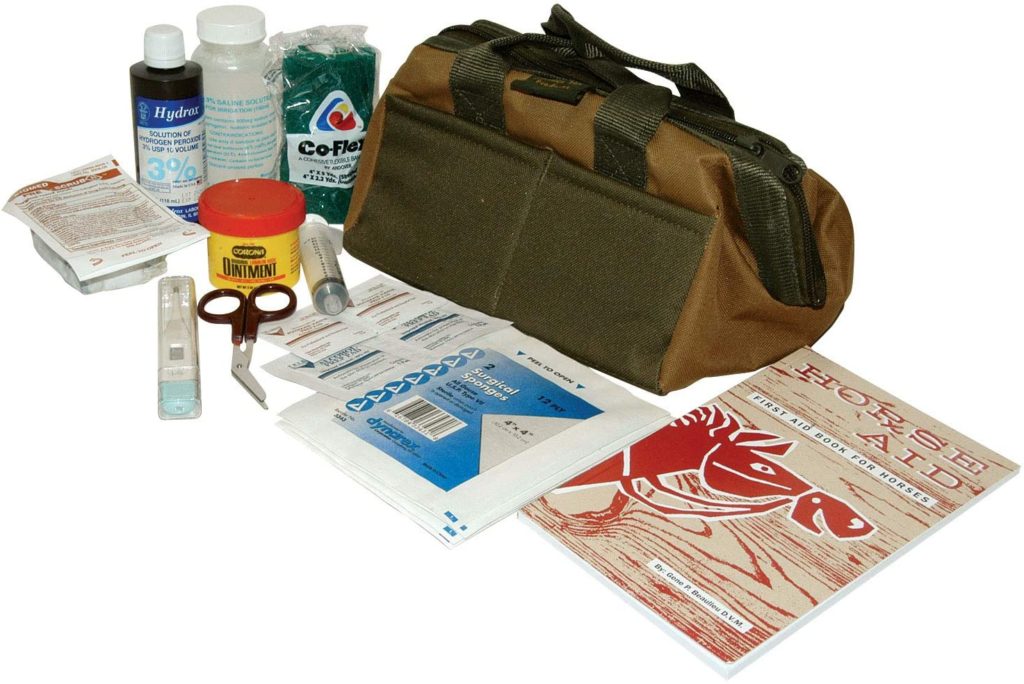
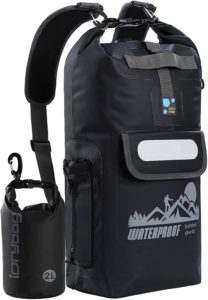
War Bag
War bag is simply a bag of items that will help you rebuild any tack that breaks. Let’s be honest you will not be able to take everything you might need but you can hit the highlights so to speak. Several types of buckles, a leather punch, emergency shoe, all lengths and sizes of leather strips, and duct tape just to mention a few. The war bag is another item that needs time and research dedicated to building it. The ingredients to a perfect war bag are in the eye of the beholder.
Flashlight
Flashlight is important in case you are out at night or need help. If you need help a mirror or a flashlight can save your life. If you have ever watched “I Shouldn’t Be Alive”, time and time again on those episodes the people say the rescue helicopter flew right over us or a vehicle came close and they had no way to signal them. A flashlight is not only a tool to see in the darkness but it can also save your life if you find yourself in a need to signal someone for help.
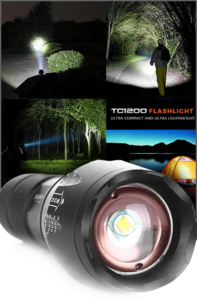
Packing essentials for packing mules in the mountains will be different for each packer headed to the mountain. This is a list of the items we carry that pertain to the mules. I am sure as you build your own pack string and head to the trailhead you will have a list of your own. I hope this list helped a little in building your packing essentials list.


